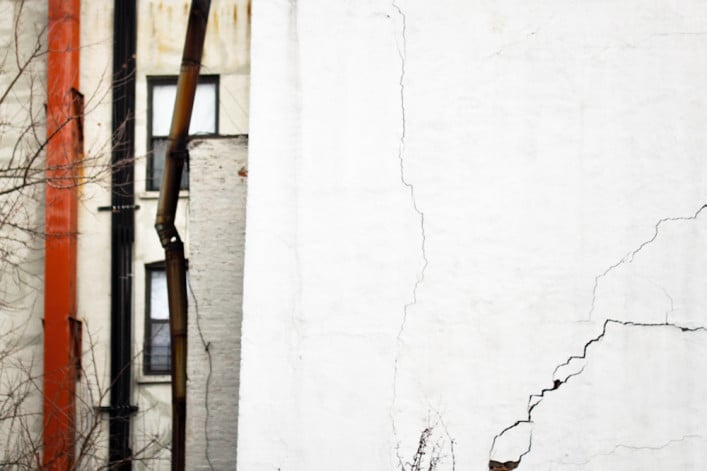3 ways to avoid the sting of an assessment as a co-op or condo owner
Earlier this week we advised prospective buyers on how to sniff out whether a costly assessment might be coming down the pike at a building where they want to buy. A lot about that kind of research is guesswork, however well informed, and it's impossible to know what tomorrow will bring. In 2005, for example, co-op owners in the Washington Heights complex Castle Village got a rude awakening when an old retaining wall that was part of their property collapsed onto Riverside Drive and the Henry Hudson Parkway below. The building's insurance tapped out at $10.5 million, and the building's board president estimated that the assessments that followed to cover the remaining repairs cost owners $30,000-$100,000 each.
Aside from inspecting any retaining walls that are on your building's property, are there any steps that owners can take to soften the blow of an assessment? We turned to some experts for answers.
1. Take out a second mortgage
If you already have a low mortgage rate as a co-op owner, it could be possible to get a home equity loan or home equity line of credit to cover the cost of the assessment.
"Typically we can finance up to 70-80 percent combined loan-to-value ratio," says Brittney Baldwin, loan officer at National Cooperative Bank (FYI, a Brick sponsor).
2. Take out a loan as a building or owners' association
It may be possible for a co-op board to take out a loan to cover a capital improvement.
Such loans allow a building to "spread out the payments over time and have a very attractive rate," says Mary Alex Blanton, NCB's marketing director. Used at a co-op, this is called a cooperative underlying or blanket mortgage, and the land and building is the collateral.
A condo association may also take out a loan for capital repairs, Blanton says. As opposed to a mortgage, where the real estate is the collateral, this loan is is secured by the assessments of the association and the rights to collect the assessments.
"The loan is secured by the cash flow of the members," Blanton says. "It’s not a real estate loan, it’s more like a commercial business loan."
These loans for condominium associations are up to 15 years and are self-amortizing, meaning they will be paid off at the end of the term.
3. Get an extra insurance policy
Cases like Castle Village's, where the cost of damage outstrips the building's insurance policy, are rare, according to Jeff Schneider, president at Gotham Brokerage (another Brick sponsor). That's assuming that a building has adequate insurance, of course. Still, there are insurance policies, called loss assessment coverage, that protect individual owners in specifically these sorts of occasions.
"The coverage would only kick in once the building’s master policy is exhausted," Schneider explains, and they cannot be used to cover routine maintenance or damage that's covered by your regular apartment insurance.
Instead, in the instance of a major, building-wide repair need, a typical, $300-a month loss assessment policy will cover $2,500-$5,000 in assessment costs. The monthly price increases by about a dollar per additional $1,000 in coverage, according to Schneider.
You Might Also Like



























